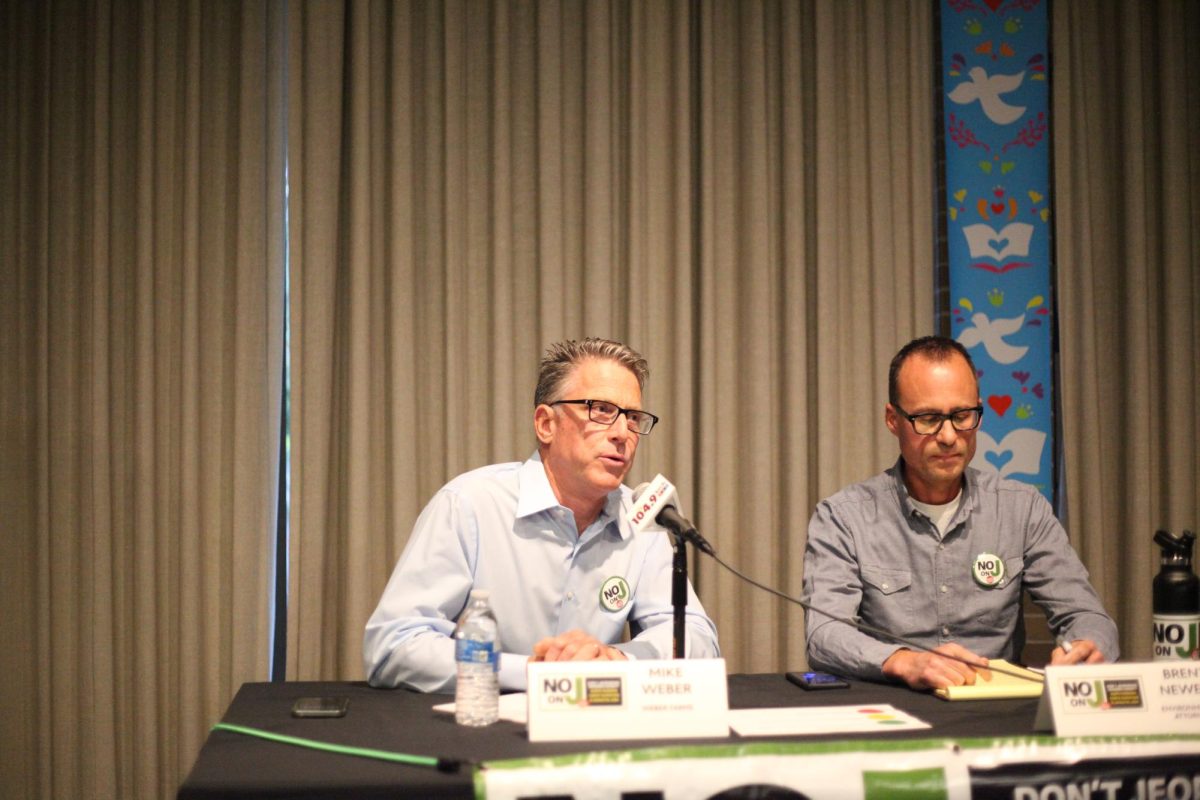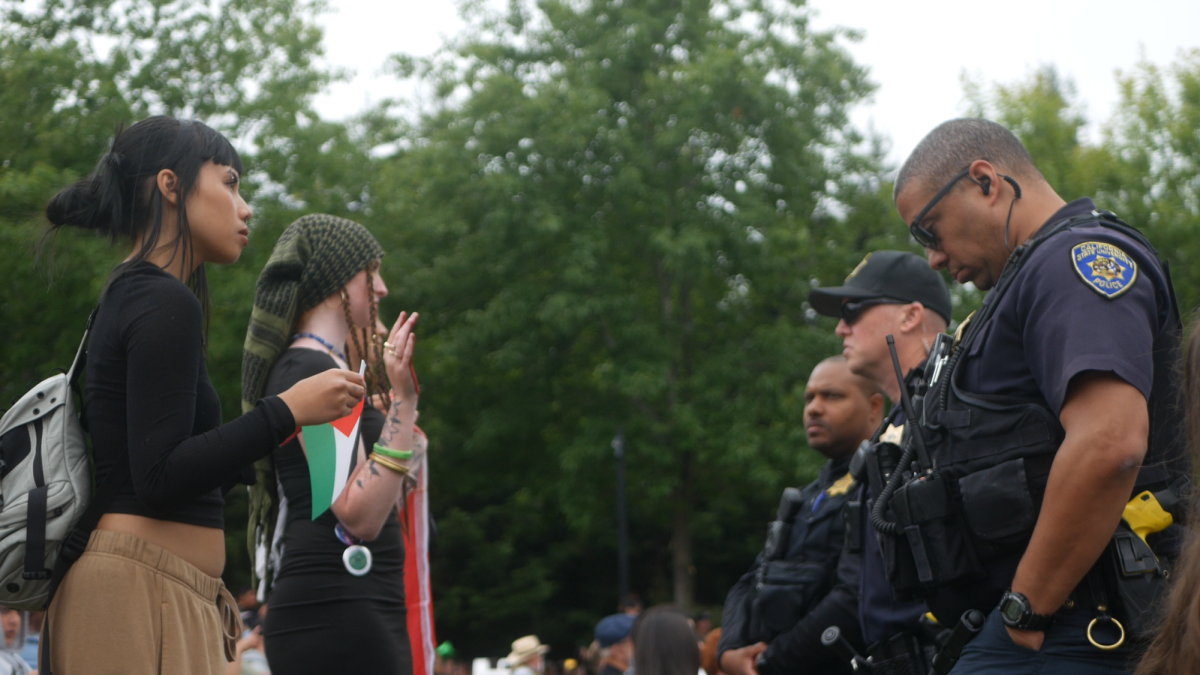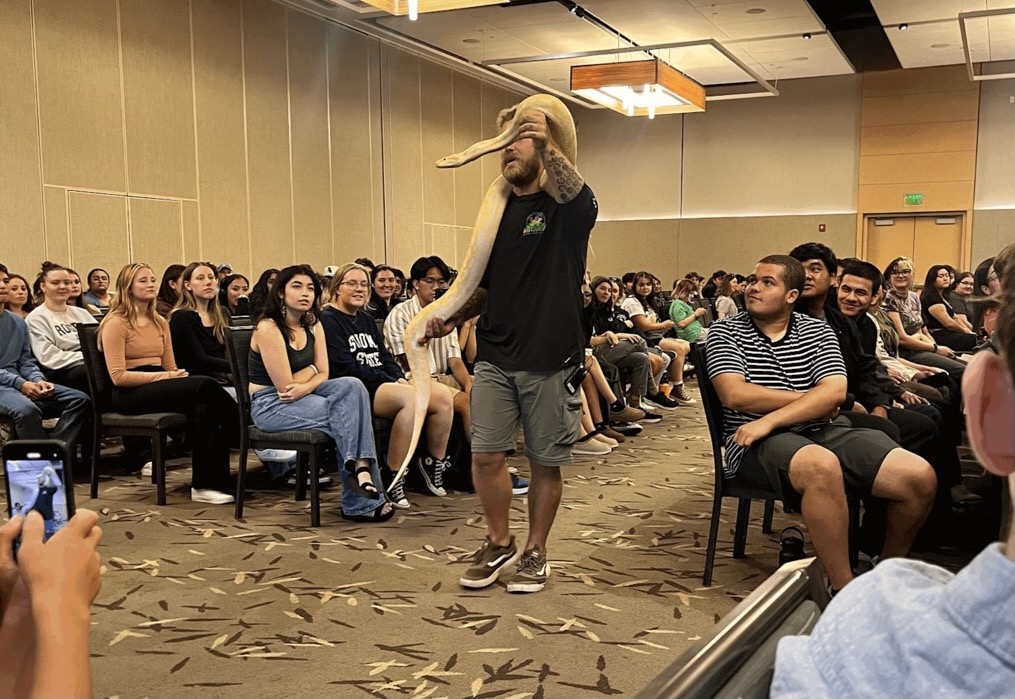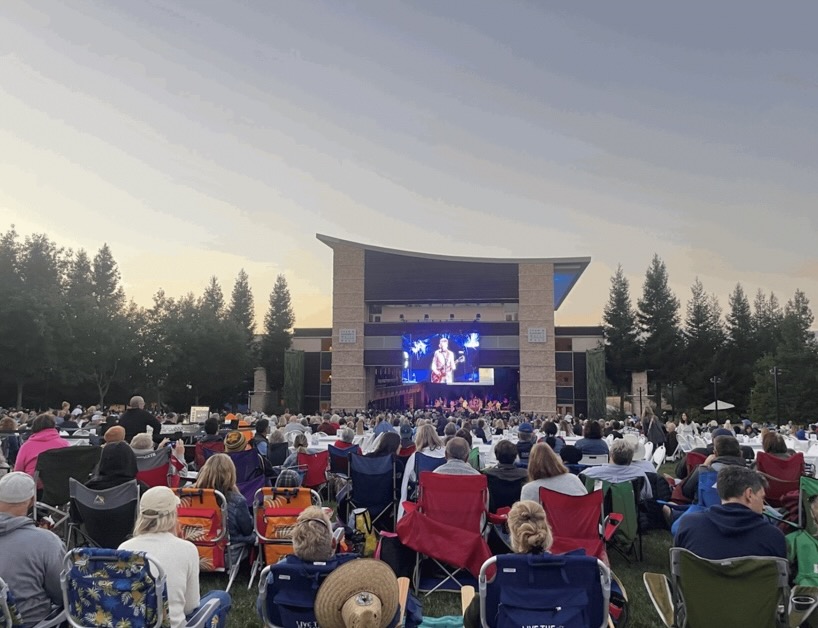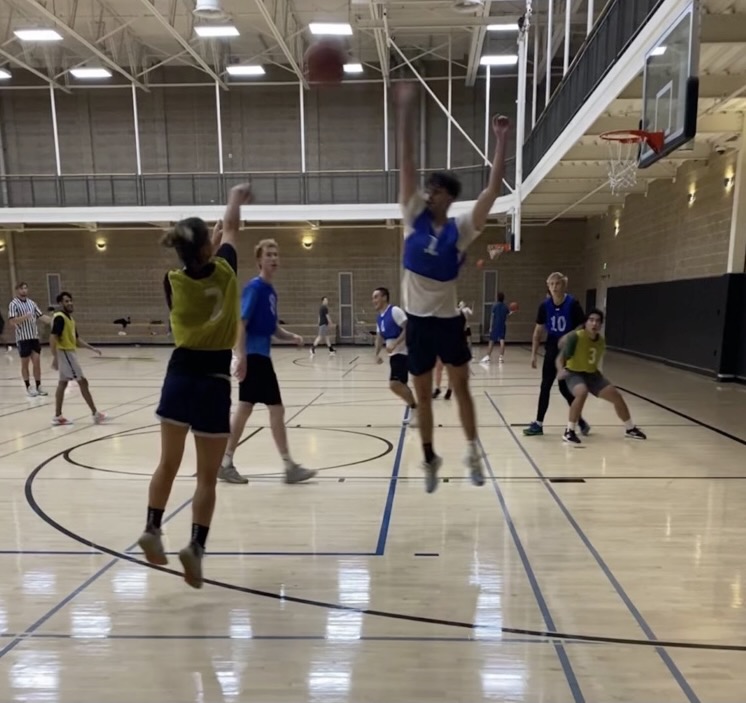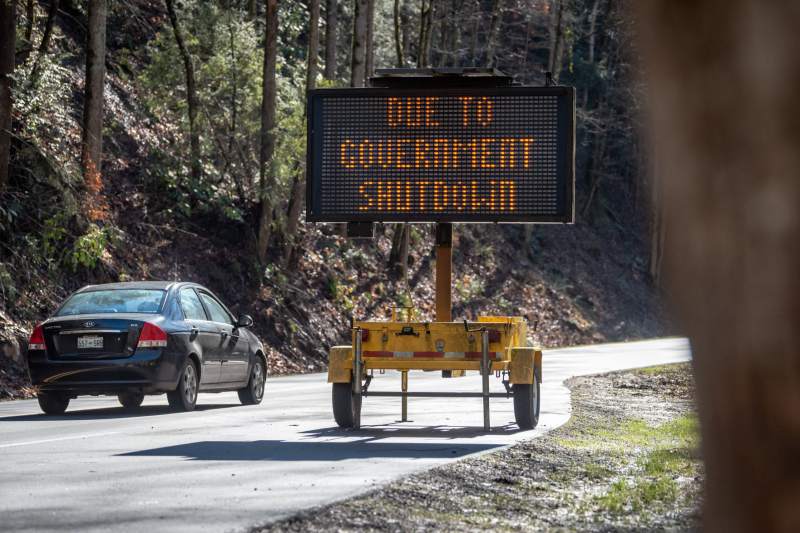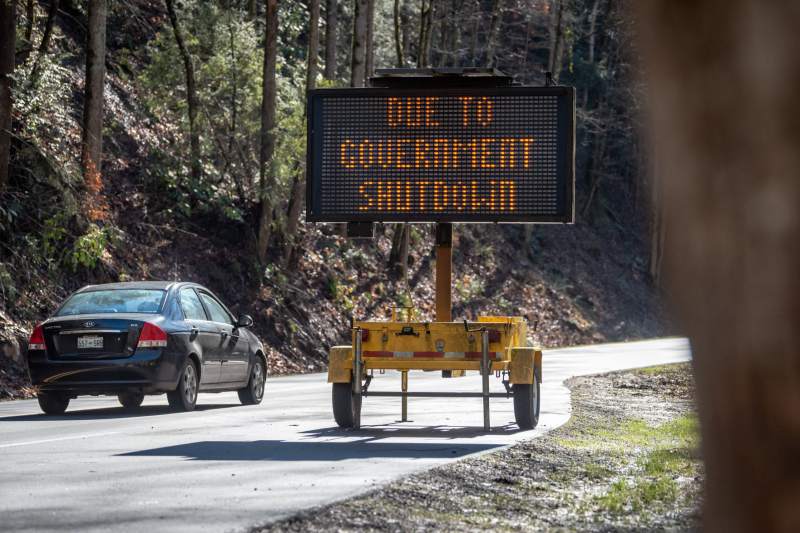Adefiant Donald Trump tweeted that “we will not cave [on building the wall],” during House Speaker Nancy Pelosi’s press briefing on January 24, although the end of the most recent — and longest — government shutdown came to an end Monday.
Outside of government employees directly impacted by salary cessation, many people may not see the first-hand effects of the shutdown, although hikers and adventure enthusiasts certainly have.
Beginning December 22, the American governments’ partial shutdown had been the direct result of Congress and President Trump’s inability to reach an agreement over how to fund Trump’s much-promised, controversial Southern Border wall. While much discussion has revolved around the Transportation Security Administration (TSA) agents and air traffic controllers that are working without pay, an oft-overlooked impact on the National Park Service has left frequented, public areas with zero supervision.
Since December 22, the American governments’ partial shutdown had been the direct result of Congress and President Trump’s inability to reach an agreement over how to fund Trump’s much-promised, controversial Southern Border wall. While much discussion has revolved around the Transportation Security Administration (TSA) agents and air traffic controllers that are working without pay, an oft-overlooked impact on the National Park Service has left frequented, public areas with zero supervision.
Visitors at the Great Smokey Mountain National Park drive through the park but facilities, such as Visitor Centers, remained closed.
As quickly as one week after the shutdown, many of the popular National Parks throughout the United States had been severely affected. Reports of overflowing garbage, unkempt public restrooms, fights over camping spots, and other damaging behavior began to surface.
After years of careful maintenance, vigilant attention to ecosystems, wildlife, and safe recreational usage, it seems that much is being undone as rangers and camp staff are unable to show up for work and enforce all that keeps the parks in shape.
As the shutdown drags on, the question of whether or not to close the parks altogether remains an important issue.
Part of a “revised contingency plan” for 2018/2019’s partial shutdown allotted for only a small number of staff to remain onsite and have resorted to spending entrance fee funds to fill in gaps, yet these funds have proved to be insufficient as Northern California parks, like Yosemite and Muir Woods, are overwhelmed with disruptive behavior and costly misusage.
Maria Revelle, a local yoga instructor and Santa Rosa Junior College student, described a recent excursion to Joshua Tree National Park as nothing short of maddening.
“People are parking like crazy in places that are clearly marked ‘No Parking’ at any time, blocking streets so that cars can’t pass through,” she said. “Trash [containers] are overflowing, signs everywhere to pack out because there’s no services to clean up, yet people are still filling up the trashes and leaving their garbage everywhere.”
Without enforced rules and regulations, there is a sense of deindividuation amongst the public as people fight, litter, relieve themselves out in the open, and engage in other disrespectful activities as no one is being held accountable for their actions. This loss of personal responsibility is wreaking havoc on ecosystems and natural habitats.
Poaching, damage to off-limits areas of parks, and theft remain areas of concern, while human waste and overflowing sewage can leach into water supply, leaving animals at high risk in their own protected territories.
With the shutdown over for now, many still fear that the damage already incurred could potentially be irreversible.

